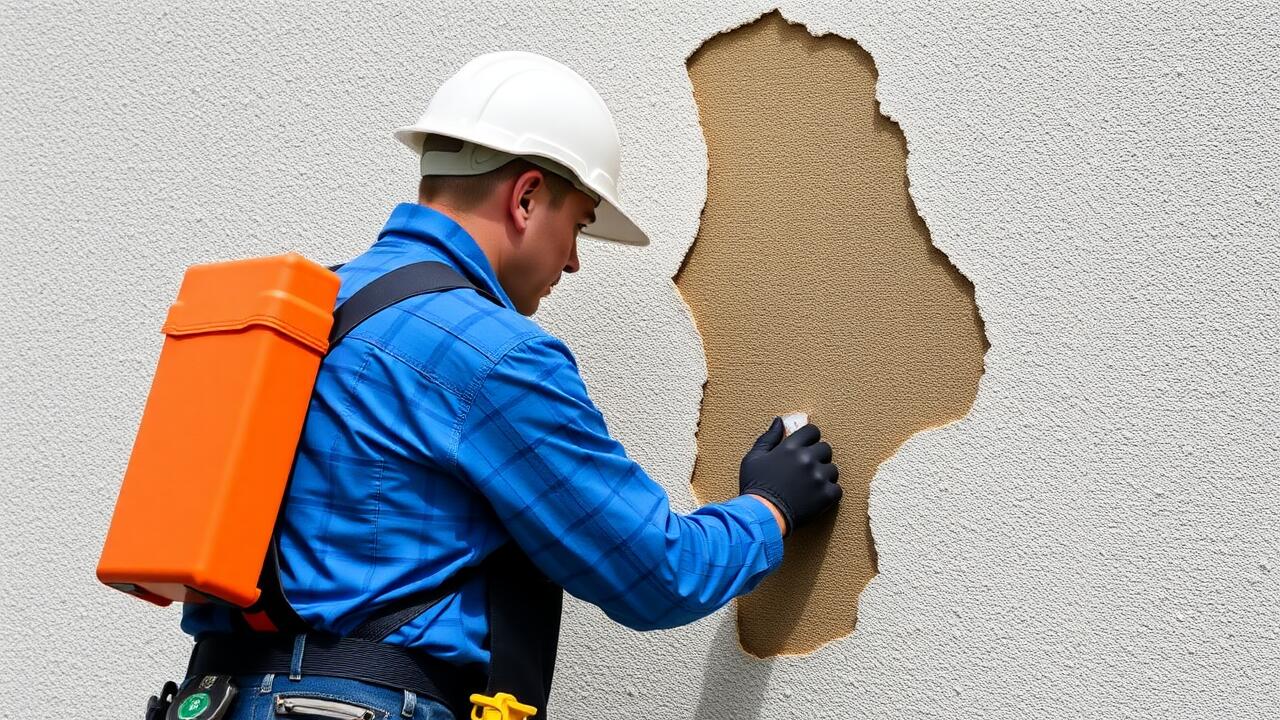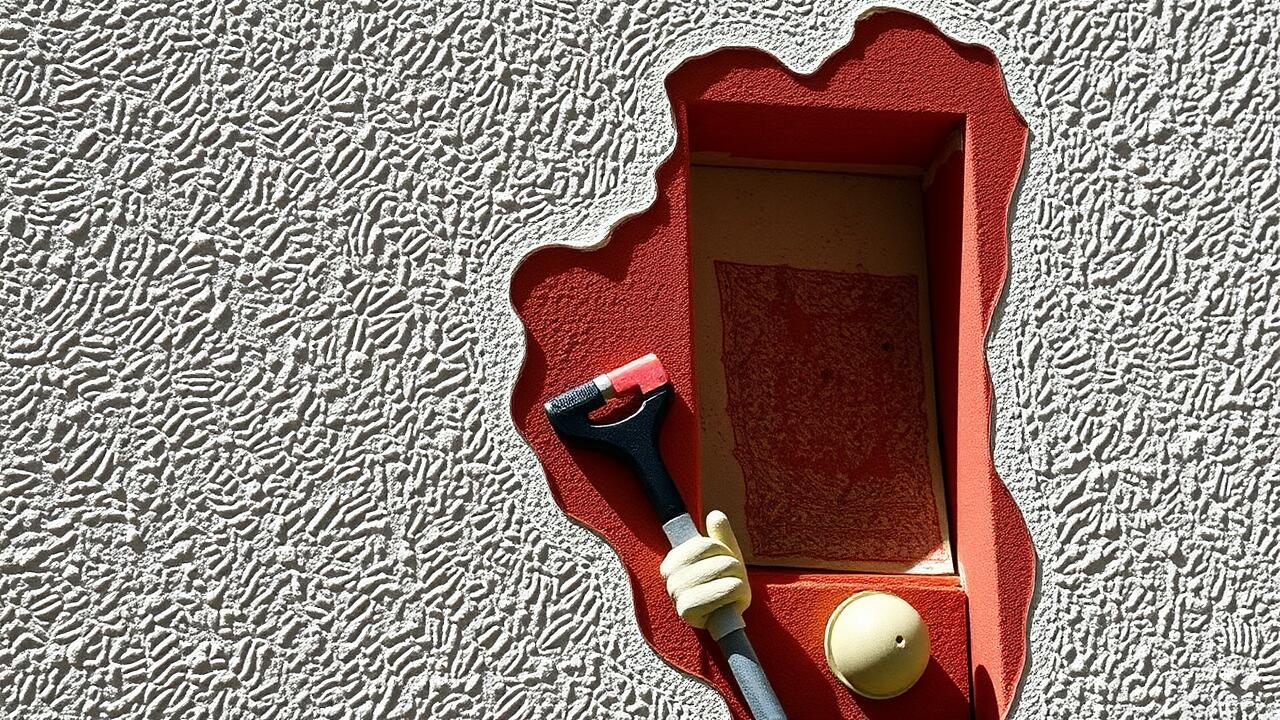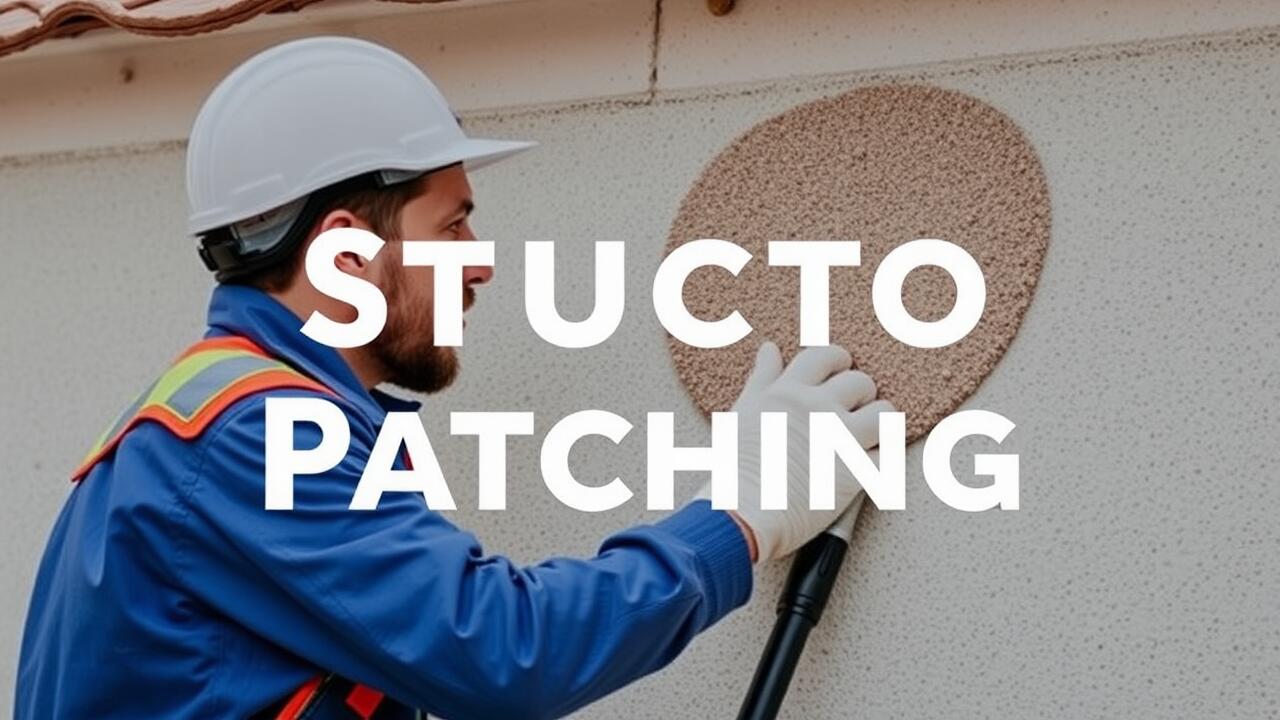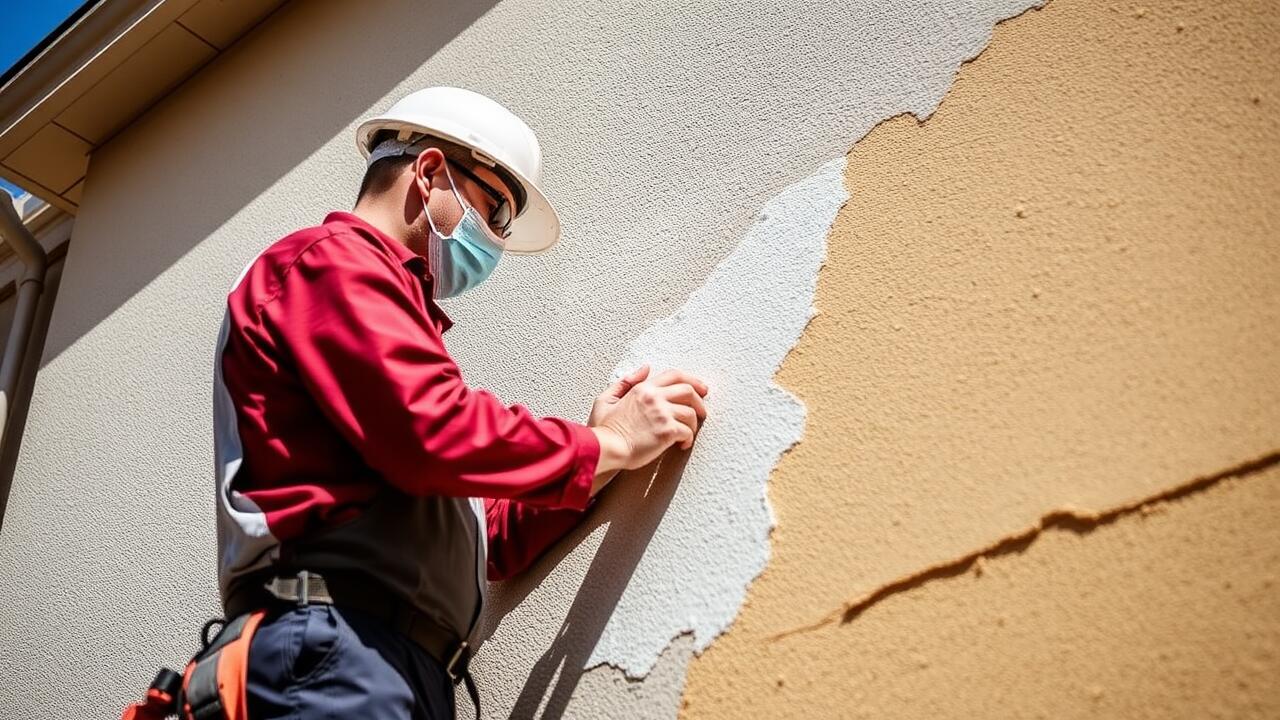
Repairing Larger Cracks
Repairing larger cracks in stucco requires a careful approach to ensure a long-lasting fix. Begin by using a chisel to widen the crack slightly, creating a V-shape that allows for better adhesion of the repair material. Remove any loose debris and dust from the area to prepare it for patching. Once cleaned, a bonding agent can be applied, which helps the new material adhere effectively. After the bonding agent dries, fill the crack with a suitable stucco patching compound, ensuring it penetrates deep into the crevice to provide structural integrity.
If you're considering professional help, look into services like Stucco Patching in Crenshaw, Los Angeles, which can provide expertise in these repairs. It's essential to apply the patch in layers, allowing each to dry thoroughly before adding the next. Once the final layer is in place and cured, the repaired area can be smoothed out to blend with the surrounding stucco. By taking the time to perform these steps carefully, large cracks can be effectively managed, preserving both the appearance and durability of the stucco surface.
Techniques for Structural Integrity
When repairing larger cracks in stucco, ensuring structural integrity is crucial. Begin by evaluating the extent of the damage and the underlying issues that may have caused it, such as movement in the foundation or moisture intrusion. If the crack is significant, it may need to be widened slightly to allow proper adhesion for the repair materials. Using a chisel or a grinder can create a clean edge that facilitates bonding. After preparing the area, insert stainless steel mesh tape over the crack, ensuring it adheres well to the existing surface. This added reinforcement will help distribute weight and tension, mitigating the risk of further cracking.
Stucco Patching in Van Nuys, Los Angeles, often involves the use of a polymer-modified stucco repair compound. This type of compound provides better flexibility and durability compared to traditional material, making it suitable for areas susceptible to movement or temperature fluctuations. Apply the compound generously over the mesh tape, using a trowel to ensure it penetrates deeply into the crack and establishes a strong bond. Smooth out the surface before it begins to cure, as this will ease the finishing process later. Properly reinforcing and patching large cracks ensures a long-lasting repair that maintains the aesthetic and physical qualities of the stucco.
Finishing the Repair
Once the crack has been properly filled and the stucco is dry, the next step is to match the texture and color of the repaired area with the surrounding surface. This is crucial for ensuring that the repair is not noticeable. Depending on the original finish, various techniques may be employed, such as using a sponge or a brush to replicate the texture. It's important to apply the same method used in the surrounding stucco to achieve a seamless look.
Color matching is also essential for a successful repair. Sometimes, existing paint or texture may have faded over time, so mixing a new coat of paint may be necessary to blend the repair with the original wall. For those seeking professional assistance, services like stucco patching in Crenshaw, Los Angeles, can provide expertise not just in repairs but also in ensuring aesthetic consistency. Investing time into these finishing details can enhance the overall appearance and longevity of the stucco.
Matching Texture and Color
Achieving a seamless repair in stucco involves matching not only the color but also the texture of the surrounding surface. When working on localized repairs, consider using a small trowel or sponge to replicate the existing stucco texture. If the original finish has a unique pattern, take time to observe and mimic that pattern during the repair process. This attention to detail will help create a more cohesive appearance after the repair is complete.
Color matching can be more complex due to fading and variations in the original paint or finish. It may be beneficial to mix colors in small batches and test them on a hidden area or sample board before applying to the repair site. Professional services, such as those offering stucco patching in Studio City, Los Angeles, often utilize specialized techniques to ensure that repairs blend in flawlessly with existing stucco applications. This expertise becomes invaluable for achieving an aesthetically pleasing result.
Preventing Future Cracks
Regular maintenance is essential to prevent future cracks in stucco surfaces. Homeowners should routinely inspect the exterior of their buildings for signs of wear or damage. Any small cracks should be addressed promptly, as allowing them to expand can lead to more significant problems down the road. Keeping gutters clean and ensuring proper drainage also contributes to maintaining stucco integrity.
When considering services such as Stucco Patching in Echo Park, Los Angeles, choose professionals who understand the local climate and its impact on stucco. Applying sealants that are appropriate for the area can further protect against moisture absorption and temperature fluctuations. Investing in quality repairs and preventive measures will ensure the longevity of stucco finishes.
Maintenance Tips for Stucco
Regular maintenance of stucco can significantly extend its lifespan while preserving its aesthetic appeal. Ensure that the surface remains clean by washing it periodically with a gentle spray of water. Mold and mildew can accumulate over time, particularly in damp areas. Applying a biocide or mold-resistant paint can help prevent growth. Additionally, inspect for any cracks or signs of deterioration to address issues before they escalate into larger problems.
For residents interested in professional help, services like Stucco Patching in Mar Vista, Los Angeles, provide expert solutions for maintaining and repairing stucco surfaces. Regular inspections from professionals can uncover hidden vulnerabilities that might go unnoticed. Keeping gutters and downspouts clear of debris is also crucial. This simple task prevents water from settling against the stucco, which reduces the risk of moisture-related issues developing over time.
FAQS
What are the common causes of cracks in stucco?
Common causes of cracks in stucco include settling of the foundation, temperature fluctuations, moisture intrusion, and improper installation.
How do I determine if a crack in stucco is serious?
A crack wider than 1/8 inch, cracks that continue to grow, or those that allow water to penetrate may indicate serious issues that require professional assessment.
Can I repair small cracks in stucco myself?
Yes, small cracks can often be repaired by homeowners using patching compounds or caulk designed for stucco. Make sure to follow the manufacturer’s instructions for best results.
What tools do I need to repair cracked stucco?
Common tools for repairing stucco include a putty knife, trowel, wire brush, paintbrush, and a hawk for applying patching material.
How can I match the texture and color of repaired stucco to the existing surface?
To match texture and color, you can use a sample of the existing stucco to find a matching patching product. Experimenting with different techniques such as stippling or brushing can also help achieve a seamless finish.



